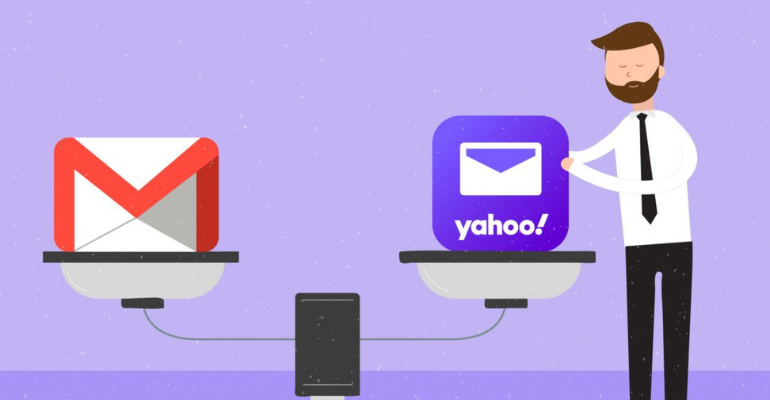
Navigating the 2024 Commercial Email Landscape: Gmail and Yahoo Requirements
Recent announcements from Gmail and Yahoo have stirred the email marketing arena, revealing plans to implement stringent measures against unwanted emails. The focus is on elevating standards for commercial email senders, with the new requirements set to take effect in February 2024. While this might sound like a cause for concern, especially for marketers, a closer look reveals that it’s an opportunity for improvement, ensuring a safer and more relevant inbox experience.
In this article, we’ll delve into the upcoming changes, their implications for email marketing, and the steps you need to take to prepare for the approaching shift.
Key Changes in a Nutshell:
At a high level, the forthcoming requirements will impact the following aspects:
- Domain Authentication (DKIM, SPF, DMARC)
- Unsubscribe Practices
- Acceptable Spam Complaint Rates
- Infrastructure for Sending
Enforcement Timeline:
Yahoo aims for the first quarter of 2024, while Gmail is set to enforce the changes starting February 2024.
Who’s Affected:
These mandates specifically target bulk senders of commercial email, defined as those dispatching 5,000 outbound emails per day to Gmail or Yahoo addresses. It’s important to note that the initial announcements don’t specify a specific time frame for sending these 5,000 emails daily. As a precautionary measure, it is recommended that all commercial email senders align with these requirements.
Non-compliance could lead to dire consequences, including emails being marked as spam or not reaching the recipient’s inbox at all. The potential fallout for businesses includes lost revenue, diminished customer engagement, and harm to their reputation.
On the flip side, adhering to the new requirements and implementing email authentication protocols such as SPF, DKIM, and DMARC can foster trust with customers, ultimately enhancing the return on investment (ROI) for email marketing.
What’s Changing and What You Need to Do:
Authentication:
What’s Changing:
Senders must verify their sending domain through either SPF or DKIM protocols.
DMARC is now a requirement for bulk email senders exceeding 5000 emails per day, ensuring alignment with the visible “From Domain” seen by email recipients.
What to Do:
Authenticate your email-sending identity by setting up SPF or DKIM for your domain.
Follow recommended best practices from Gmail and consider implementing DMARC. A dual setup of SPF and DKIM is advisable as you work towards DMARC authentication.
Handling Unsubscribes:
What’s Changing:
Gmail and Yahoo mandate that senders provide a one-click unsubscribe option and implement unsubscribe requests within two days, surpassing the legal requirements of CAN-SPAM, which allows 10 days.
What to Do:
Add a visible unsubscribe link at the top or bottom of your emails, offering a single-click opt-out for contacts.
Spam/Complaint Rates:
What’s Changing:
Gmail and Yahoo stipulate that senders must maintain spam complaint rates below a specified threshold (0.3% for Gmail). Gmail is particularly strict, aiming for senders with rates below 0.1%.
What to Do:
Monitor your spam complaint rate, which is the ratio of recipients reporting your message as spam to the total number of delivered emails.
Utilize tools like Google Postmaster to track your spam complaint rate. Yahoo offers a Complaint Feedback Loop (CFL) for sign-up with your DKIM domain. Maintain a clean list and promptly remove disengaged subscribers.
Additional Infrastructure-Related Requirements:
Ensure sending domains or IPs have valid forward and reverse DNS records (PTR records).
Format messages in accordance with the Internet Message Format standard (RFC 5322).
In Conclusion:
Mailbox providers are prioritizing customer protection, aiming for an enhanced end-user experience. Stringent requirements for commercial emails set by Google and Yahoo signify a positive shift, raising the standards for marketers. This represents a significant policy change among mailbox providers, and it’s anticipated that others may follow suit in the coming years. The focus is clear – unwanted, insecure, and untrustworthy emails have no place in the inbox, and these requirements are aligning marketers with that vision.




